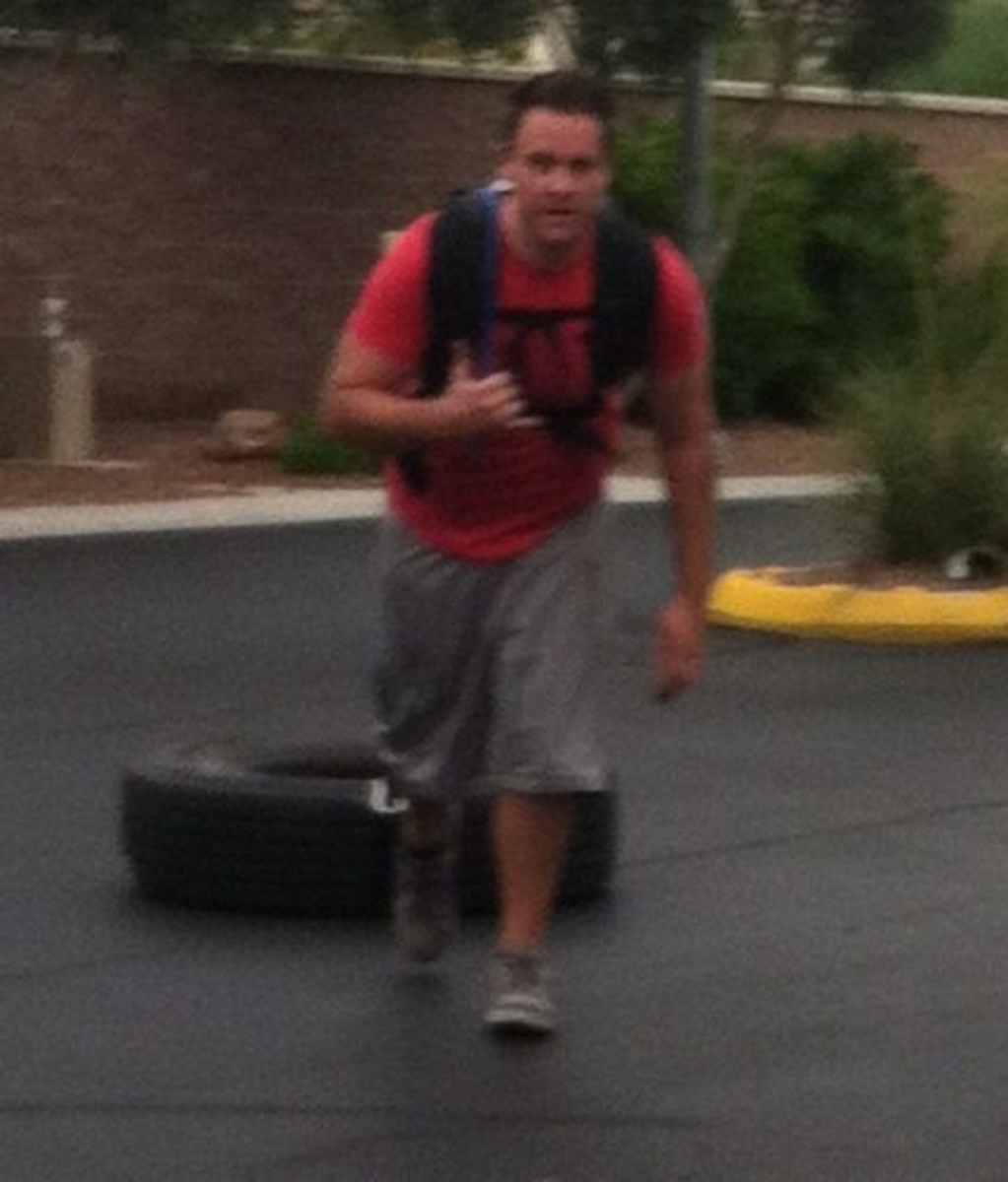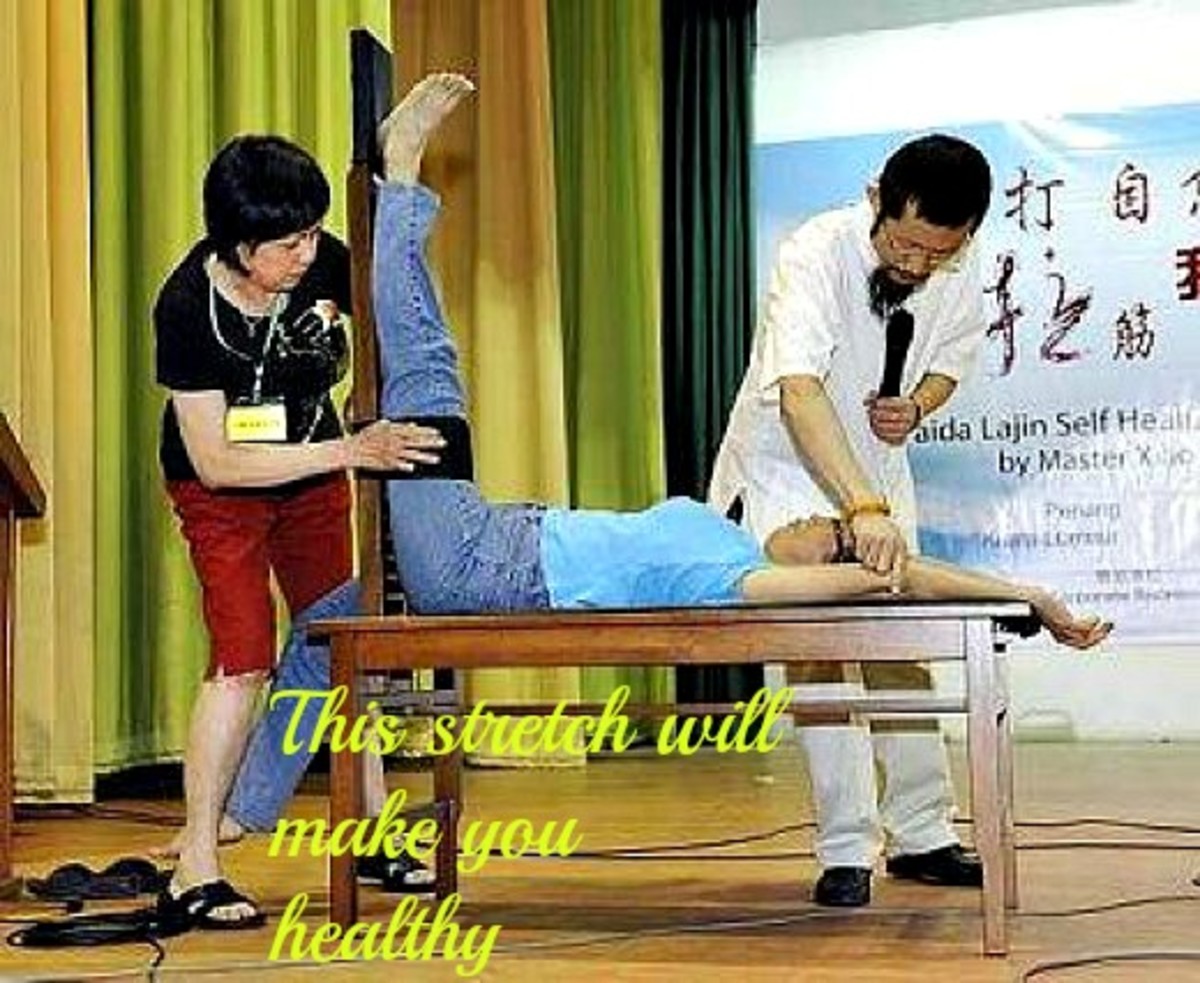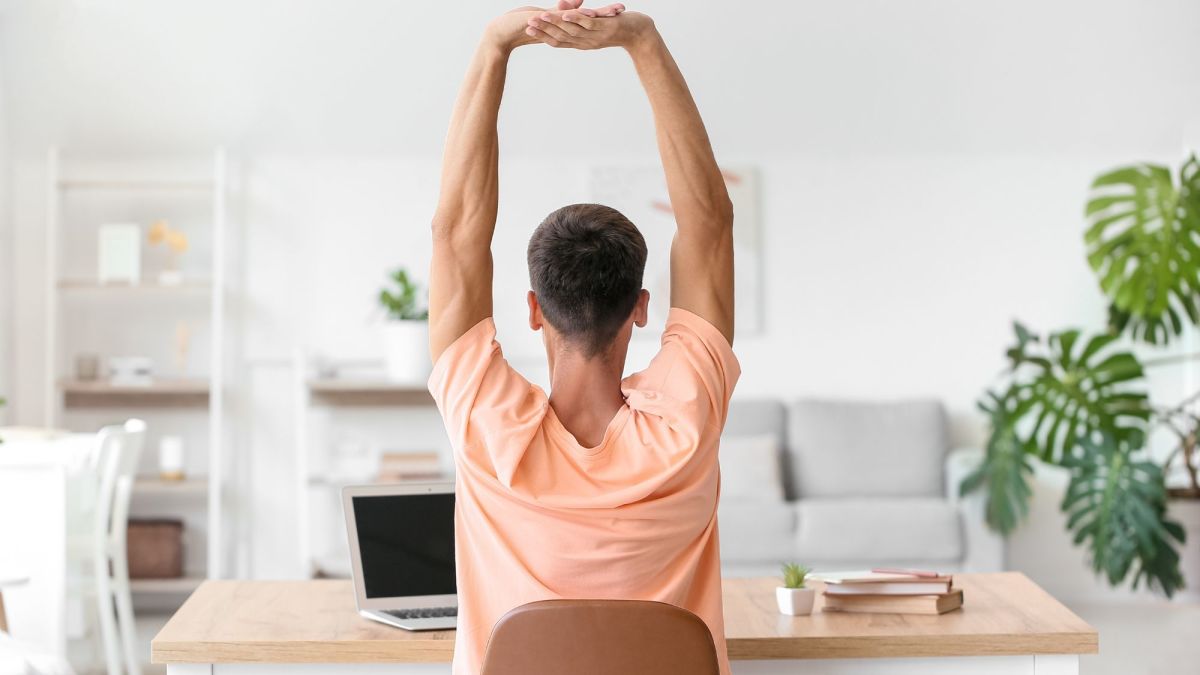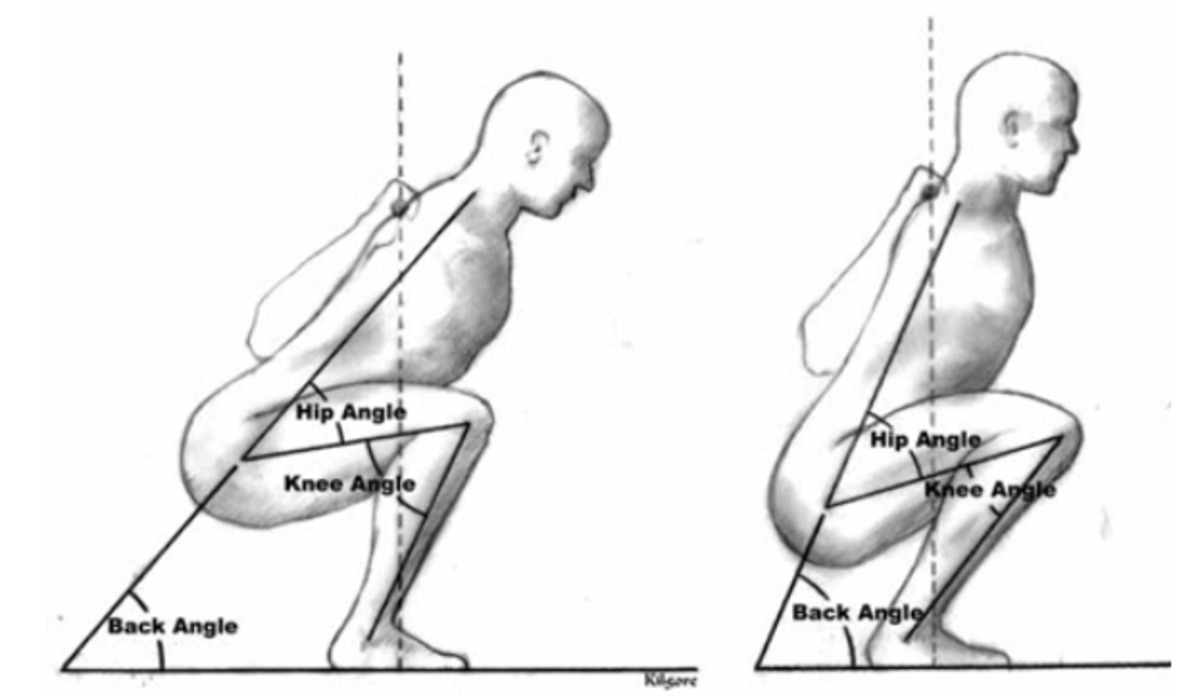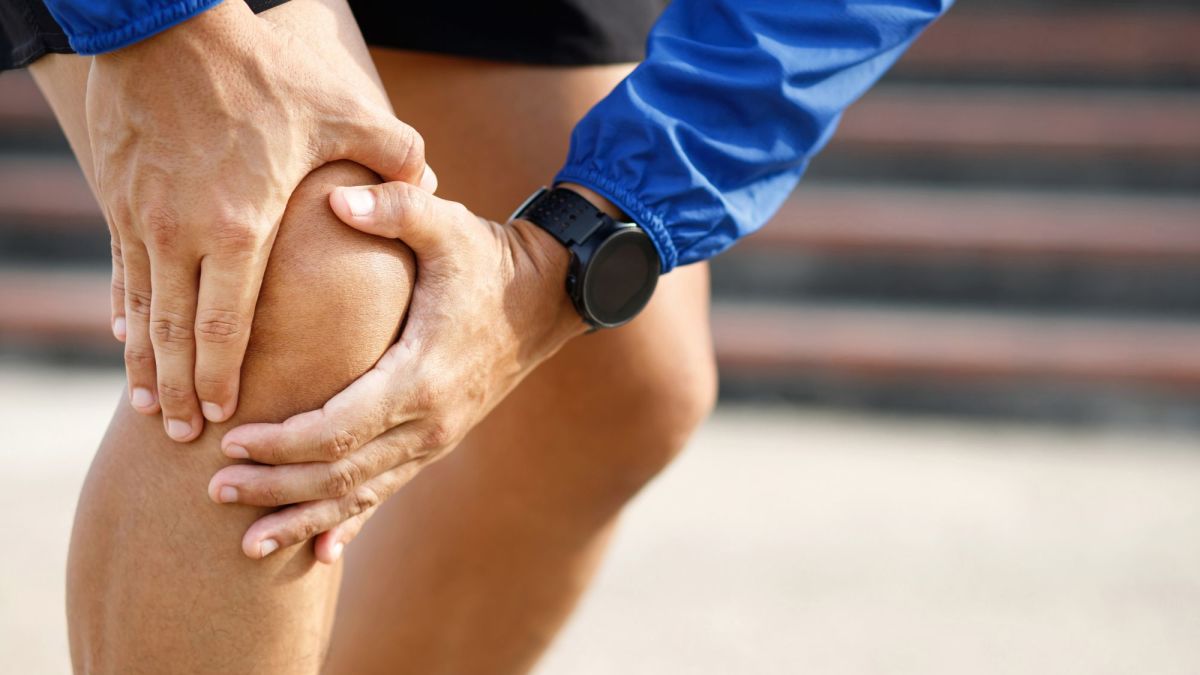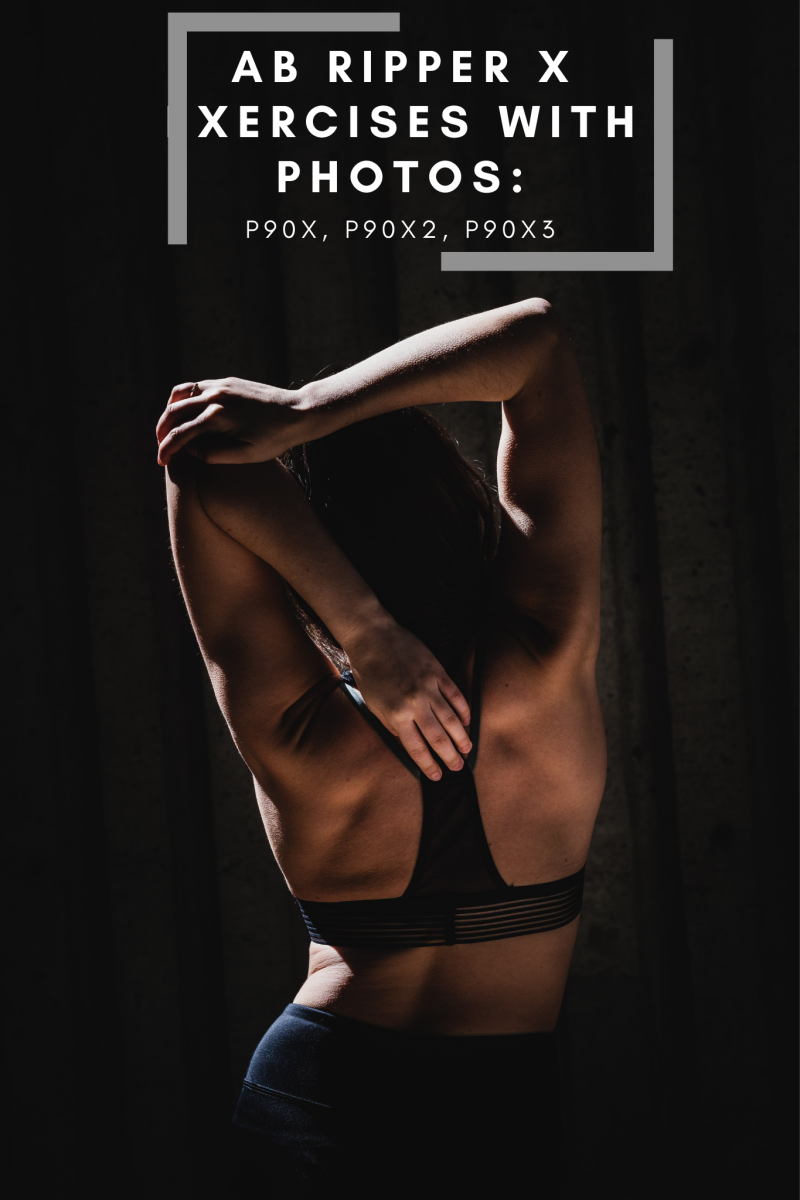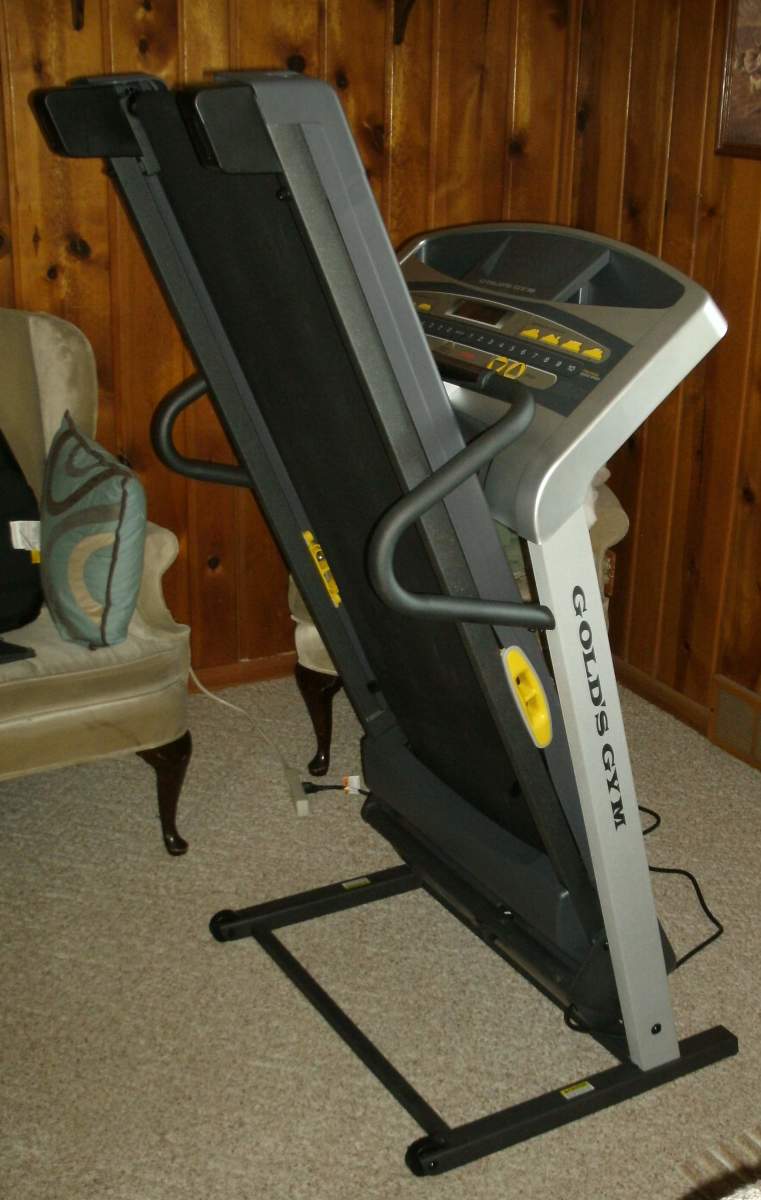Forget the cha cha cha, try the chi chi chi!
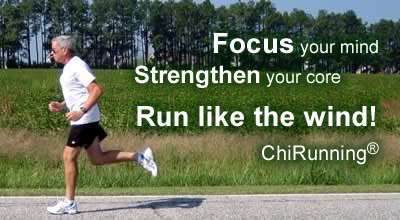
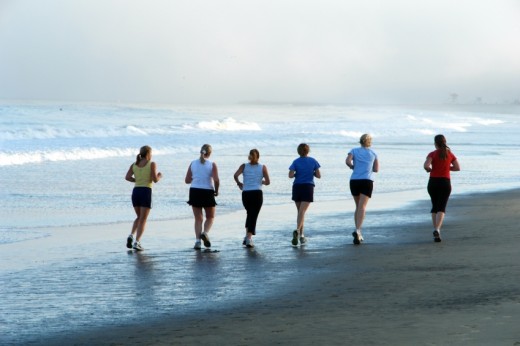
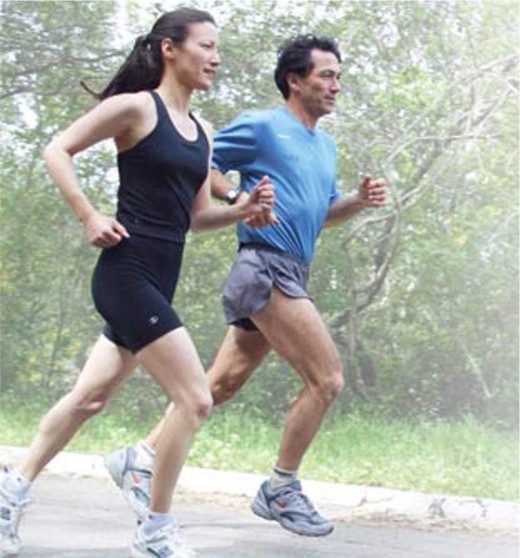
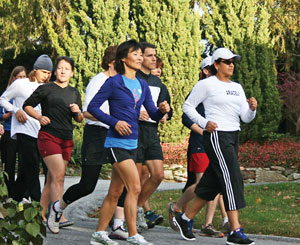
Get your life back on track
Getting fit can change your life
Forget the cha cha cha, try the chi chi chi!
Build your life brick upon brick.
Live a life of truth,
And you will look back on a life of truth.
Live a life of fantasy,
And you will look back on delusion. From "The Daily Tao," by Deng Ming-Dao
We’ve all been told time and time again that walking is the number one fitness program in the world; the more you walk the more fat you burn. Unfortunately, walking around the local Mall window-shopping doesn’t count as walking. If it did I would be reed-thin.
Chi Walking is a technique that enables you to walk further and with less stress as it combines the principles of Tai Chi with walking. Chi means energy - the special life-giving energy that according to early Chinese philosophy unites body, mind and spirit. Luckily, you don’t have to know Tai Chi to perfect the art of Chi Walking!
You can improve the flow of chi in your body not just with simple exercises and practices, but also by adapting your posture so that your muscles and joints are more relaxed, allowing the chi energy an unobstructed flow through your body. The Chinese reckon that ill-health is caused by a blockage of chi, and that if your chi is strong, balanced, flowing and focused then you will experience not only good health but an increase in energy levels as well. It shouldn’t come as a surprise that chi or Qi is at the heart of Chinese medicine.
Tai Chi teachers will tell you that chi is stronger than muscles. If you focus on your core and allow all movements to come from there, then the energy moves from your core to your limbs to create movement. They believe that movement originating from your core is infinitely more powerful than muscular movement. Your core or dantien is said to be found just below your belly button and a few inches in from your spine.
For those runners out there, you’ll be pleased to know that the chi way is not limited to walking. You can start chi running as well. The secret to chi running is that you let gravity do the work and reduce the stress on your legs.
Tips to establishing a successful running/walking program
· Plan a weekly workout schedule and stick to it. Don’t look for excuses to avoid running or walking.
· In your workout schedule plan which focuses you’ll use during every run. This gives your running a purpose.
· Practise relaxing your muscles throughout the day, even at work.
· Allow time for reflection after each run, asking yourself how well you did, how your body felt, what you did well, what you can improve upon and ask yourself how good you were at keeping your focus.
It’s all in the shoe
Many of the special running and walking shoes you buy have thick soles with lots of padding. This blocks the important ground-to-foot connection and interrupts the proper balance and flow you are trying to achieve. Barefoot runners never heel strike because they have that ground-to-foot-connection, and in a way the foot educates the body on its running or walking posture, and how to make contact with the ground. If we take a lesson from the barefoot runners it is that we need to wear minimal shoes for running and walking. We need to keep in touch with the ground as that keeps us stable and rooted.
In the mid-twentieth century athletes and sportsmen wore flat soled sports shoes. Slowly over the years the sports shoe companies thickened the soles to provide extra protection. They believed that the extra padding in the sole cushioned the effects of running on your bones, muscles and joints. In actual effect it did the reverse. It increased the impact to the legs, knees and joints. In other words, it can be harmful to your body.
The ideal running or walking shoe should be just as comfortable as a pair of slippers. There should be enough toe room so your toes aren’t cramped or squashed together. It should not make your feet sweat so there should be some ventilation. Flexibility is a must, you should be able to take the shoe and bend it in half with ease. There should be no cutaway part between the heel and toe part of the shoe. And most importantly, they should be flat or with a very low, barely discernable heel.
Once you have the right shoe you’ll find it much easier to practise chi running and walking.
The Technique
Basically, chi running and walking helps to improve your energy efficiency without the discomfort of aches and pains. It uses simple principles of nature and the laws of physics to realign your posture and motion based on the body’s design.
What you have to remember is that every action has a reaction. Everything you do while walking or running has an impact on another part of your body. If you think of your body as an assembly line, then every part of that assembly line has to be working efficiently and monitored regularly for it to be able to produce anything of value. Another thing to remember is that each person’s assembly line is unique. Not all bodies are created equal and not all steps are the same. You need to become aware of how your body works.
The technique is simple. You have to maintain your position while supporting and creating forward motion. You have to align your posture so that your skeleton supports your weight and not your muscles. This means that you are not walking or running toe first but are landing on the whole foot, and that you are not tensing up your shoulders, but rather letting them hang in a relaxed position. You have to have just enough forward lean for the speed at which you’re travelling making sure than your feet land right under you and that you don’t over-stride. You also need to avoid pumping your arms but rather let them swing like a pendulum, at the same time relaxing your hips to allow for pelvic rotation and hip extension. And all of this you have to do with just the right amount of effort. Sound complicated? It’s not. There are many video clips on YouTube which show just how it’s done and it will probably be worth your while to check them out.
Really, all it is, is just a change of focus. Instead of focusing on your goal - the speed or distance you want to accomplish, you focus on the process. How are you running or walking, your posture, where you place your feet, etc. You need to aim for creating the ‘C’ Shape - drop your chin, stretch the back of your neck and level your pelvis.
Managing your Energy
Tai’Chi uses a principle of storing energy that can be applied to Chi Running or Walking. If you allow your body to slowly warm up at the start of your run or walk, and focus your mind on relaxing your body and gathering the energy to store for later use, then when you need to pick up speed or tackle a hill you can draw on that stored energy. This puts you in control. If you collapse from exhaustion it’s because you forgot to store up some energy in the beginning for later use. It’s all in the mind and how you focus yourself.
Redesigning your Body
Many people believe that you are born to be an athlete; it’s just something in your genetic make-up that makes you good at sports. If you don’t have the athlete-gene then no matter how hard you try, you’ll never be any good at sports. The truth is that everybody has the potential and you might just have to work at redesigning your body a little to harness it.
Flexibility. We are all born flexible. We are born being able to move our muscles, joints, tendons, ligaments. The problem is if you don’t use it you lose it. If you become a couch potato you start to lose your flexibility and your muscles and joints become stiff. Make time in your day to do some stretches for a few minutes at a time. Every little bit helps.
Posture. Good posture improves your blood circulation and oxygen supply to the brain. The more you hunch your shoulders and slump, the more your muscles need to work to keep you from falling over, and that is just a waste of effort. Focus on keeping a reasonably straight spine.
Knowing how to read your body. Your body is a bit like a book. You just have to learn to read the signs to hear what it is telling you. Your body will tell you when it is tired, tense or has tight muscles. Listen to your body and makes the changes it needs to become stronger.
Mind-set. If you don’t have the right mind-set you won’t be able to change a thing. You have to get your head in the right place; you have to desire change, for it to be able to happen. The brain has to be engaged.
Body balance. It sounds logical that when you run or walk the bottom half of the body does all the work. As logical as it sounds, it is totally wrong. The upper and lower body should be doing equal amounts of work. They have to work together as a team rather than against each other. Let your upper body relax and move with the motion of your legs, you’ll find running or walking much easier if you get this balance right.
Breathing. This is a hard one. If you are like me you don’t breathe from your belly but instead breathe shallowly using only the top part of your lungs. This means that you don’t get in enough oxygen which in turn affects your ability to burn glycogen. Think of glycogen as your fuel. Without fuel you run out of steam, or start to panic and hyperventilate. Neither of which is good for you. Work on getting your belly to rise and fall with each breath rather than your chest.
Gradual Progress. Many of us make the mistake of rushing straight into something new. We decide we want to get moving again, so we buy the right gear, flat shoes and rush headlong into trying to do a 5km run. The result is we over-extend ourselves, feel stiff, sore and quite crap and decide to rather stay sitting on the couch than running around the neighbourhood. It really doesn’t take much to make us give up. Subconsciously we are looking for an excuse to throw in the towel. The same way you don’t start your car and go straight into fifth gear, you have to start slowly and build up making gradual progress. Start with what your body can handle and slowly push your body a little further each time.




